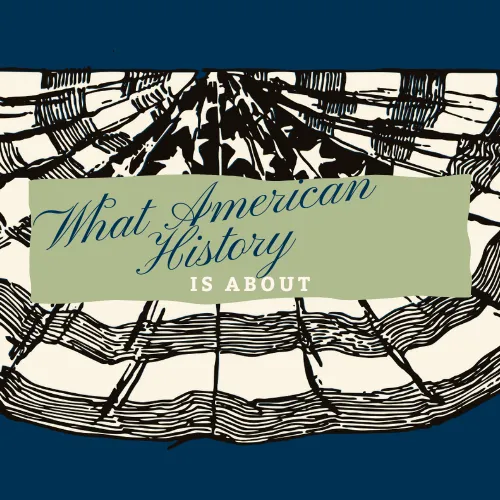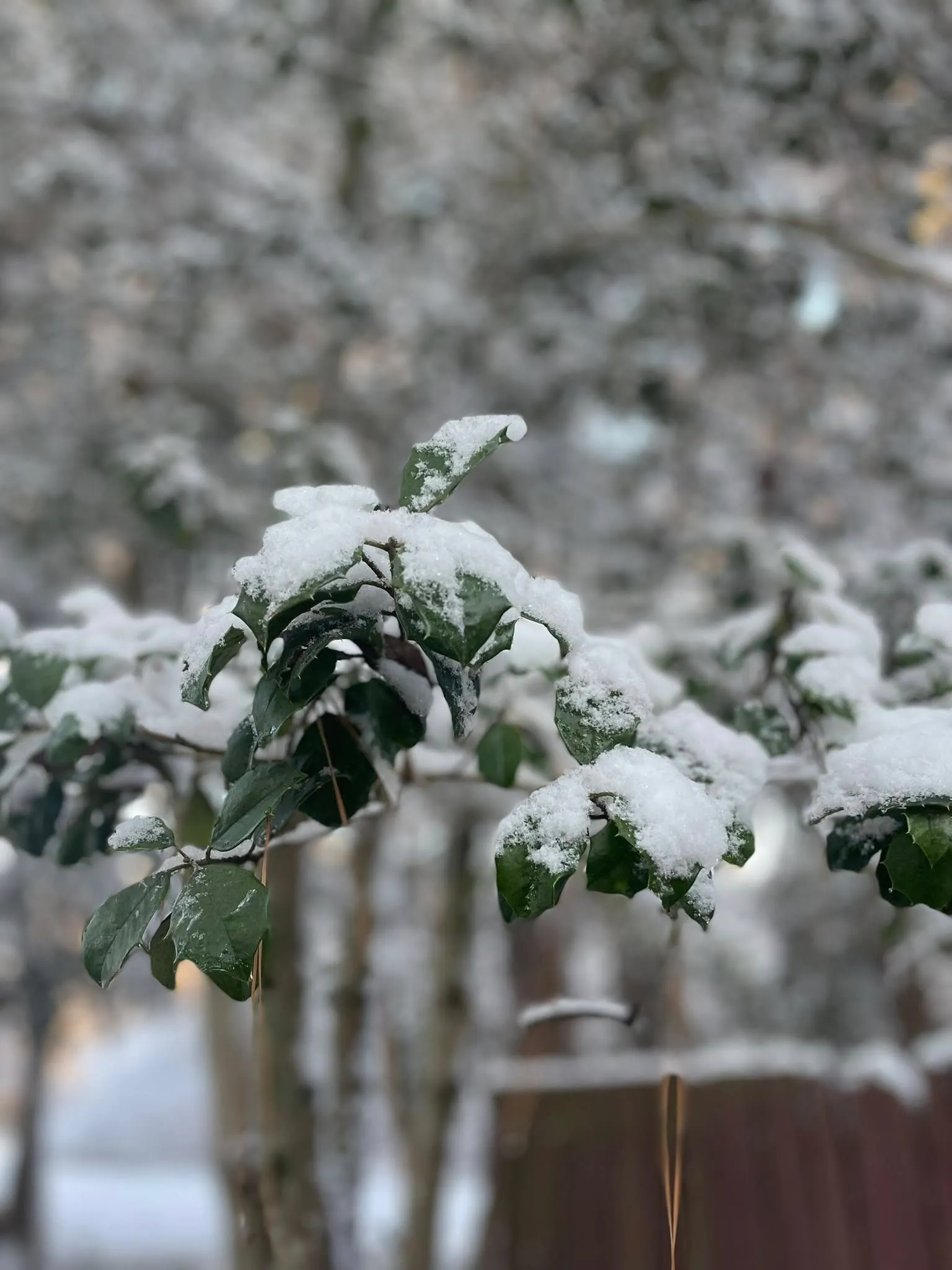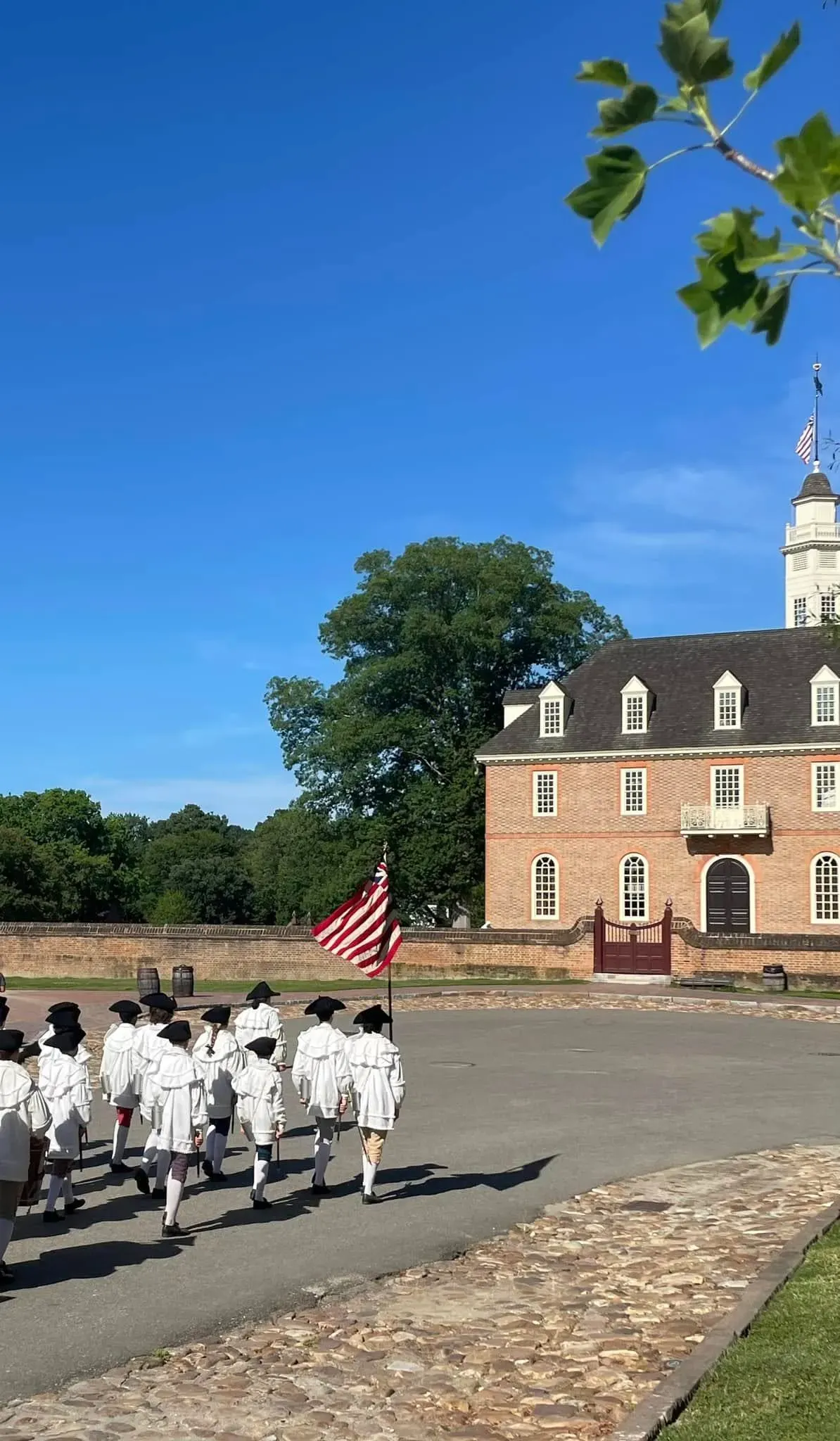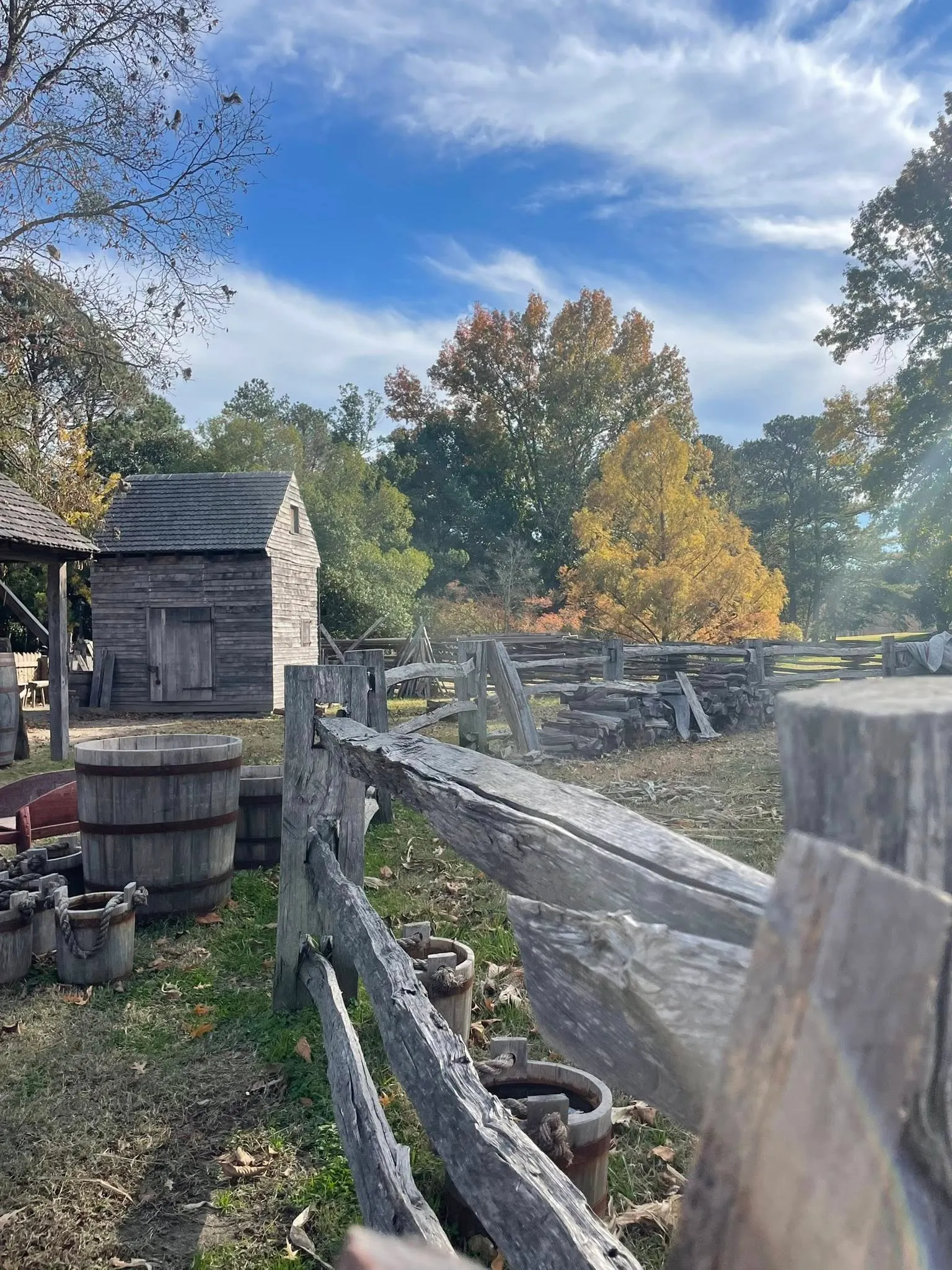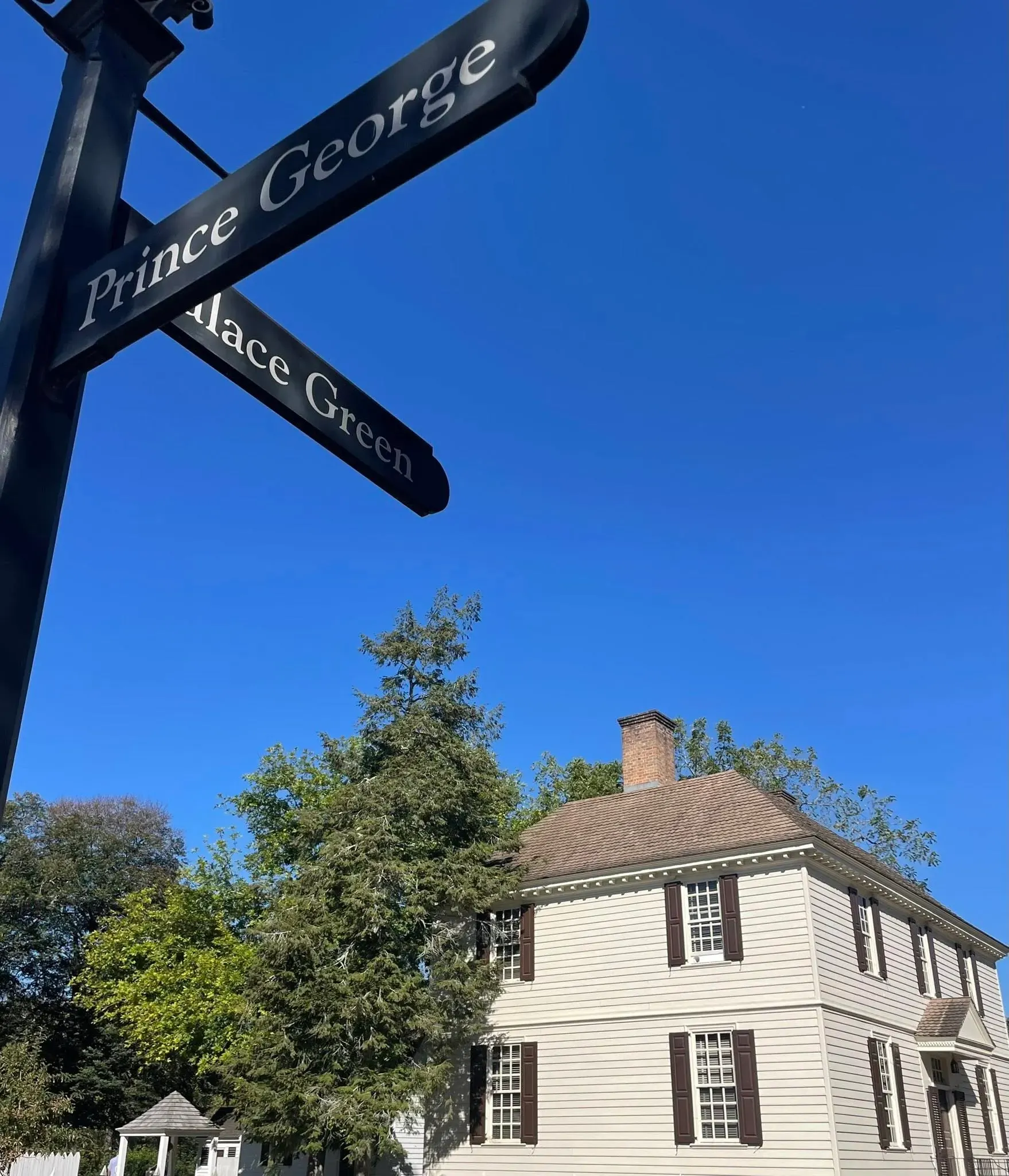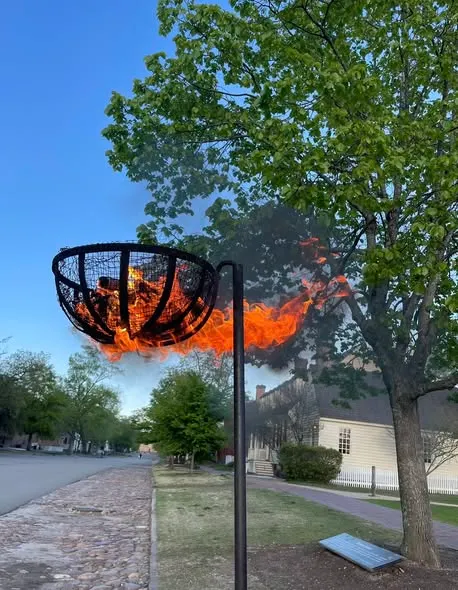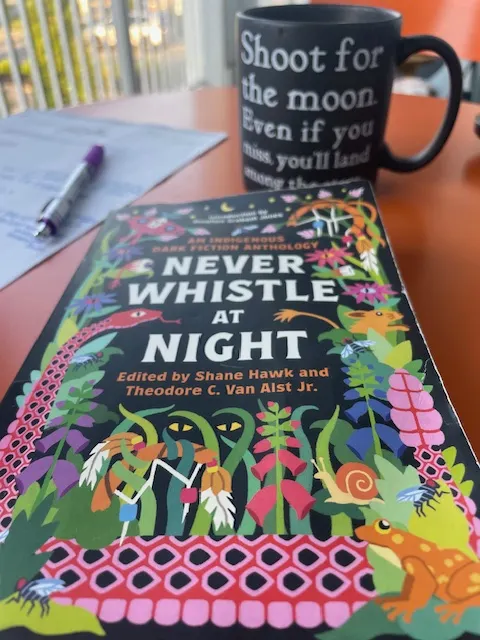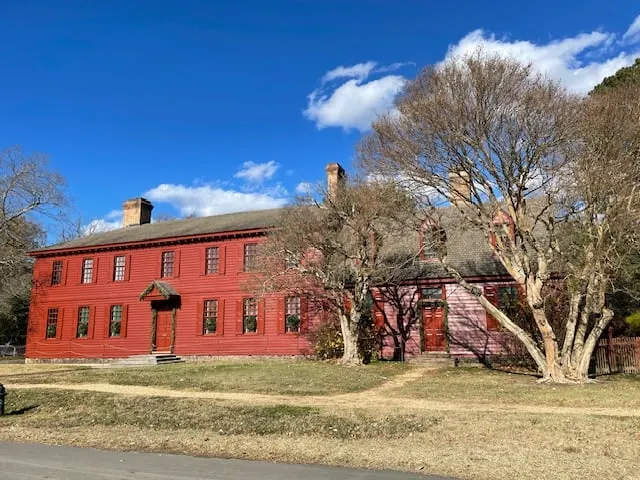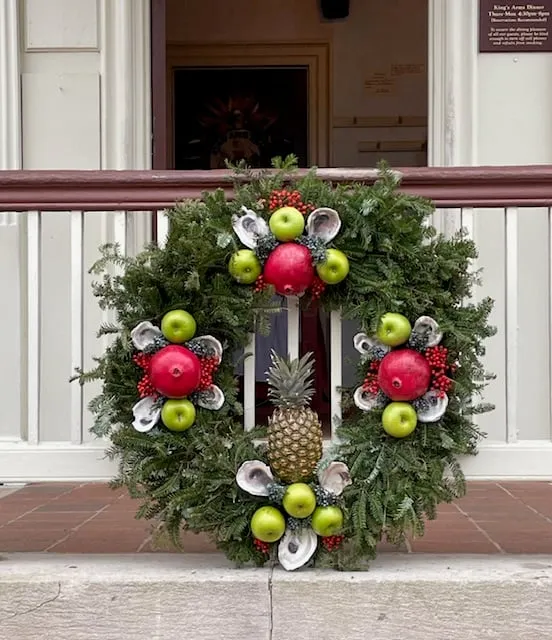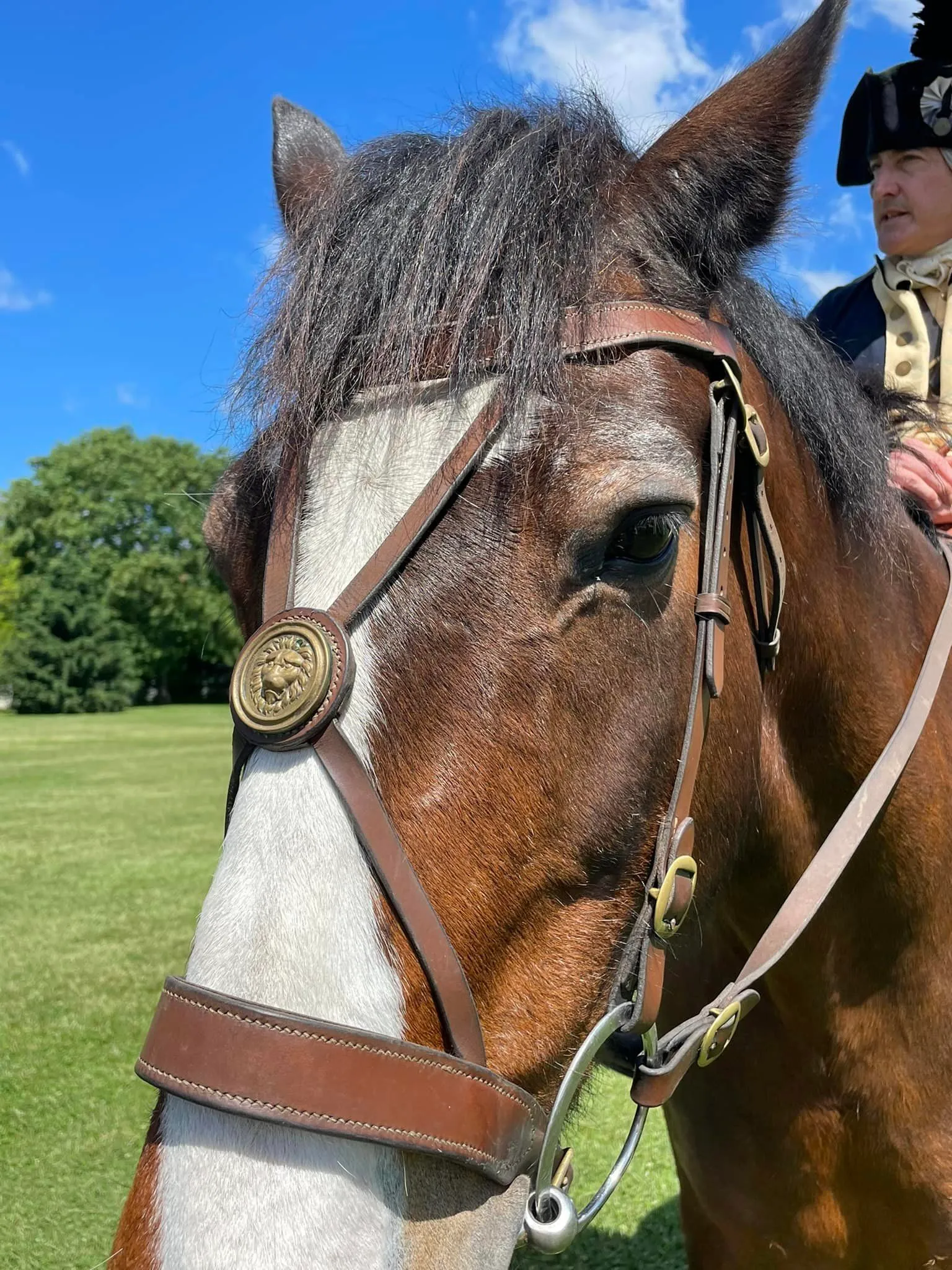Have You Read Many Newspapers from Early America? Start Here.
Finding new primary sources lights me up.
I've been looking at old Virginia Gazettes in Colonial Williamsburg's John D. Rockefeller Library. My last post about Patrick Henry got me inspired to look for articles about other states' selecting their first non-royal governors. Or looking for anything related to Independence in the other colonies. (It's almost the 4th of July as this is written!)
And I hit the jackpot. The Library of Congress has a free section on their website, specifically sharing newspapers throughout American history. It's designated as "Chronicling America" and it pulled me down the rabbit hole. I only paused to write this blog post!
Click here to check it out.
RELATED: Click here to see the digitized collection of Virginia Gazettes on the Rockefeller Library's site.
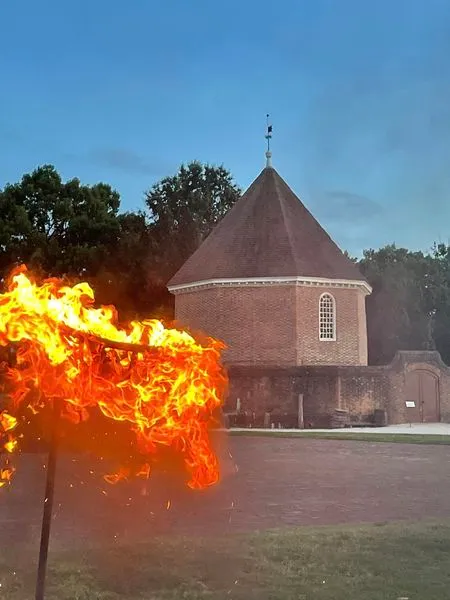
Cresset lighting, Colonial Williamsburg
Disclaimer: As a blogger, I use affiliate links sometimes! I may receive commission from purchases I share, but it does not change your price but sometimes you might get a discount.
3 Facts about early American newspapers.
1) The first known American newspaper to be printed was in 1704.
I have to give this one to Boston! Even larger cities like New York and Philadelphia were over a decade behind Beantown. Titled the Boston News-Letter, it ran weekly until 1776.
Click here to read the details from the Massachusetts Historical Society (which is history in itself, founded in 1791).
2) The oldest long-running newspaper in America hails from Connecticut.
Another point to New England! Thomas Green started printing the Harford Courant (first-known as the Connecticut Courant) in October of 1764. Extra note for you Sunday-paper lovers- the first Sunday edition of the Courant came out in 1913.
Click here for the history of this early American newspaper, direct from Connecticuthistory.org.
3) 37 newspapers were in print by the time of the American Revolution.
Seeing so many version of the Virginia Gazette, this doesn't surprise me. Being that we were still British at that time, all were formatted like London papers. Like today, printers (publishers) had their own style and since every colony was made up of people with their own ideas, cultures, and needs, the papers reflected the differences.
Click here to learn about early American newspapers from a website titled Colonial Print Culture.
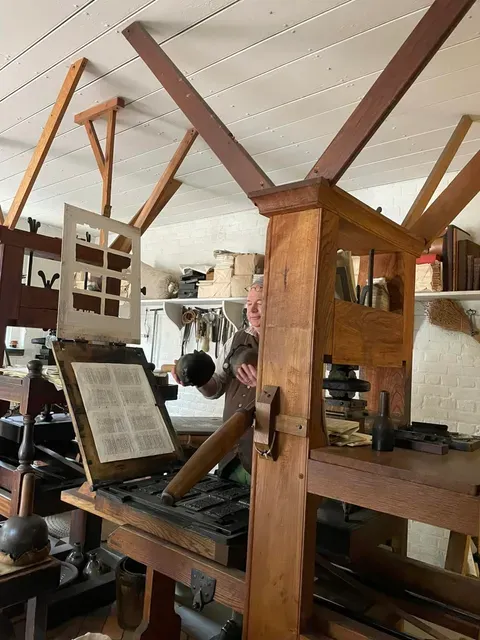
Printer trade- Gazette printing, Colonial Williamsburg
2 entries from American newspapers that caught my attention as I sipped my coffee.
What better way to get a peek into daily life and culture than through early American newspapers!
Author's note: I did my best to transcribe! Note the "f" for "s" in 18th century printing here and on all entries. That "London style" formatting can be difficult to search, so I am listing as much detail as possible for you to see the actual source.
1) Did you just walk over to the wharf and ask around to figure out which was his store?
From the Freeman's Journal (or New Hampshire Gazette) August 24, 1776.
TO BE SOLD
Weft-India Rum, and Philadelphia FLOUR, a ftore upon the Long-Wharfe, if apply'd for foon. -Enquire of Mr. John Beck
Click here for the image. This ad is at the bottom right corner of the page currently displayed on row 1, column 4.
2) Were kids killed in caves often in New England?
Massachusetts Spy (or Thomas's Boston Journal) May 5, 1774.
Newport, April 18. Laft Wednesday week, a young woman of about 16, and a child of about five years old, children of the widow Diamond of North Kingfton, went into a large cave, to get fome fand, when a considerable quantity of fand fell upon, and killed them both; they were found the next Saturday, both in an erect posture.
A few days paft, a child was killed in like manner in Warwick.
Click here to view the newspaper image.
RELATED: Click here to read my previous blog post sharing what was being advertised in Williamsburg during the American Revolution.

Graves in front of Bassett Hall, Colonial Williamsburg
Closing with words from history regarding newspapers.
In a 1787 letter to Edward Carrington, Jefferson wrote the following about the importance of newspapers. Click here for the full citation on Monticello's official website. Click here to read a bit about Edward Carrington on the U.S. Marshal's official website. He was a soldier, friend to Washington, and first marshal of Virginia.
Extract from Thomas Jefferson to Edward Carrington
Paris Jan. 16. 1787.
the basis of our governments being the opinion of the people, the very first object should be to keep that right; and were it left to me to decide whether we should have a government without newspapers, or newspapers without a government, I should not hesitate a moment to prefer the latter. but I should mean that every man should receive those papers & be capable of reading them.
Are you enjoying this blog? Invest in my ability to continue this free blog by tipping me! You can buy me a coffee:
Cheers!
There is a huge practical disclaimer to the content on this blog, which is my way of sharing my excitement and basically journaling online.
1) I am not a historian nor an expert. I will let you know I’m relaying the information as I understand and interpret it. The employees of Colonial Williamsburg base their presentations, work, and responses on historical documents and mainly primary sources.
2) I will update for accuracy as history is constant learning. If you have a question about accuracy, please ask me! I will get the answer from the best source I can find.
3) Photo credit to me, Daphne Reznik, for all photos in this post! All photos are personal photos taken in public access locations or with specific permission.
